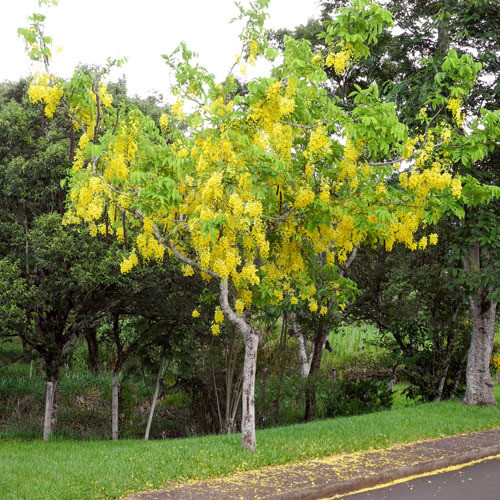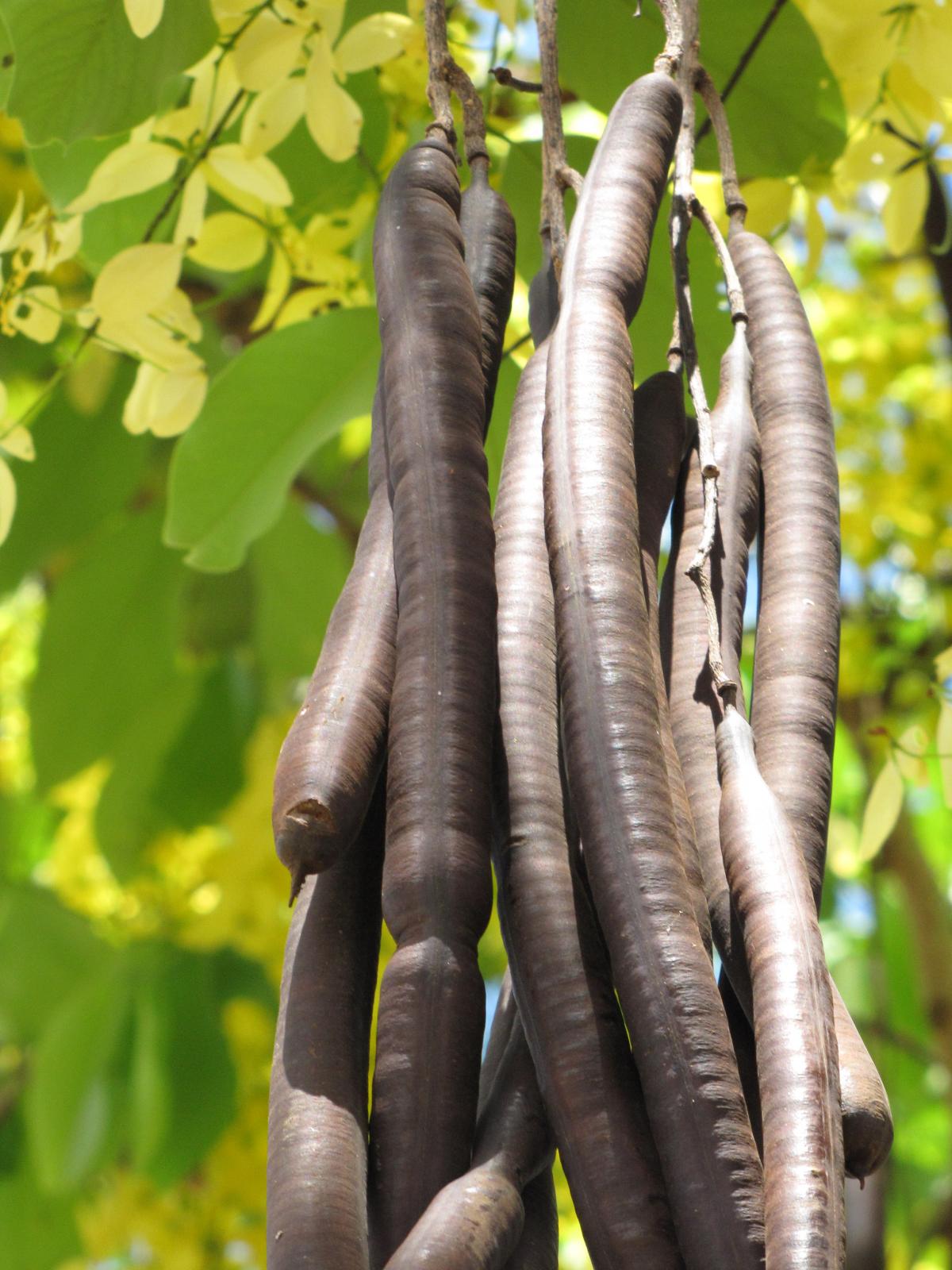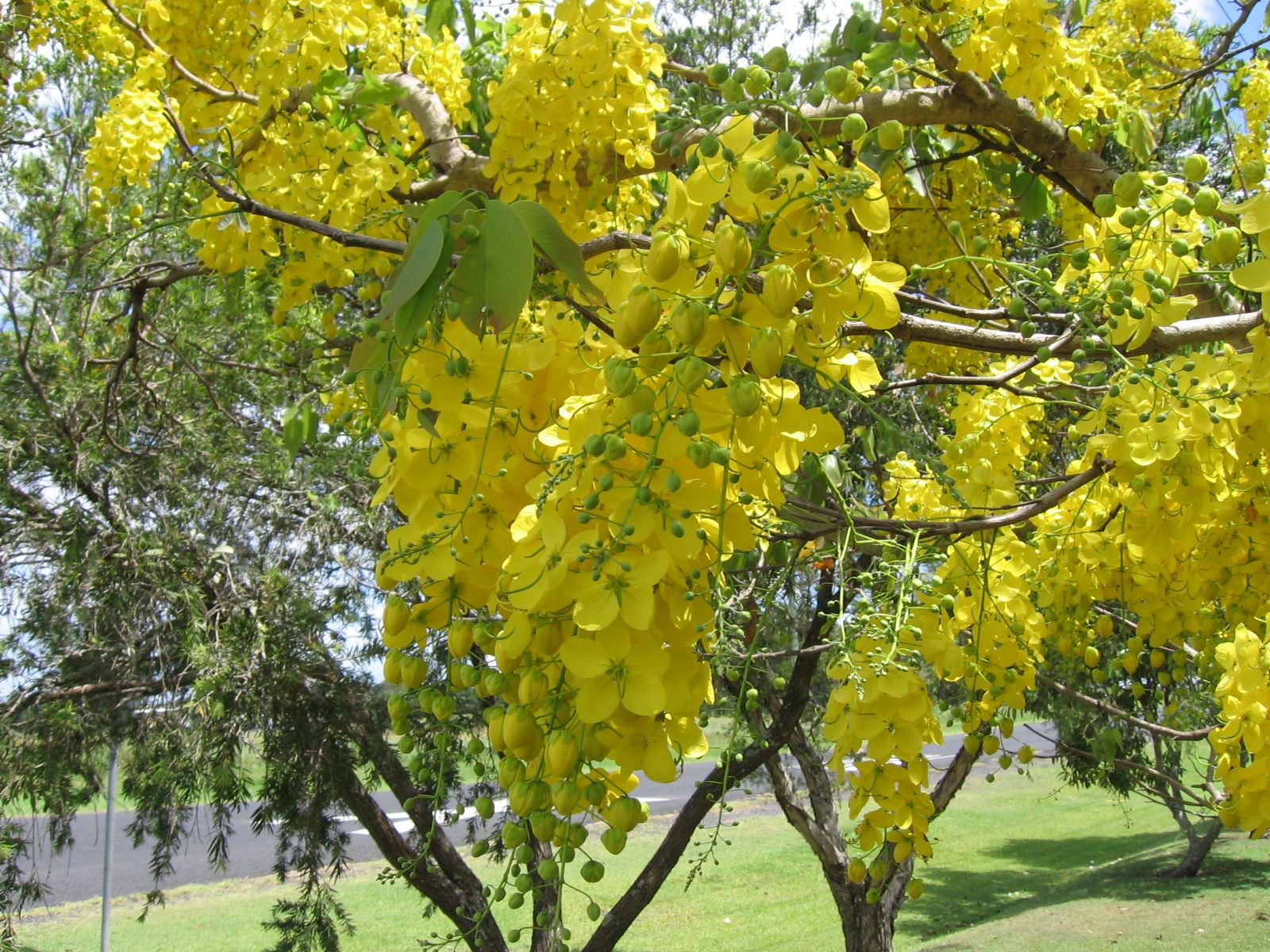SHOWER OF GOLD
Cassia fistula
|
Reference No : |
0000010 |
|---|---|
|
Scientific Name : |
Cassia fistula |
|
Sinhala Name : |
ඇහැළ (EHELA), ඇරහැඬි (ERAHANDI, ERAHENDI) |
|
Tamil Name : |
கவானி (KAVANI), கொன்றை மரம் (KONREI MARAM), திருக்கொன்றை மரம் (TIRUKKONTAI) |
|
Other Common Names : |
Purging cassia, Purging fistula, Indian laburnum, or Pudding-pipe tree |
|
Synonyms : |
|
|
Plant Family : |
Fabaceae |
|
Plant Group : |
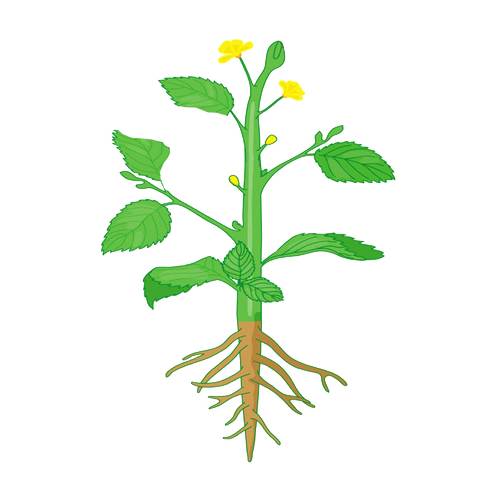 Angiosperms (Enclosed Seed) |
|
Plant Types : |
 Small Tree
Small Tree
|
|
Crown Architecture : |
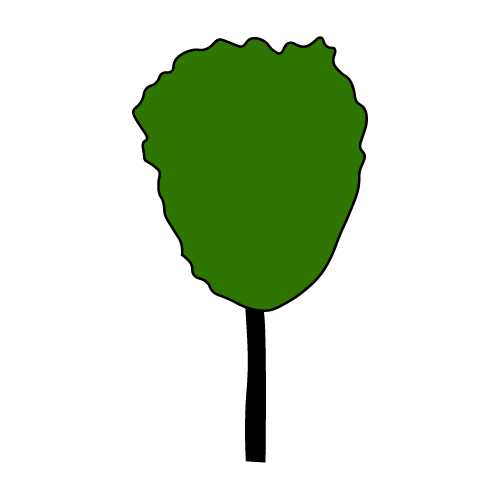 Upright Standard Canopy
Upright Standard Canopy
 Weeping Canopy
Weeping Canopy
|
|
Plant Categories : |
Border Plants; Colorful Plants; Common Landscaping Plants; Courtyard Plants; Dry Zone Plants; Flowering Plants; Herbal Plants; Home Garden Plants; Intermediate Zone Plants; Light Green Plants; Low leaf density plants; Medium Size Trees; Ornamental Plants; Parking Area Plants; Roadside Plants; Seasonal Plant; Shady Plants; Fast Growing Plants; Sun Loving Plants; Trees; Cultivating plants; Partially Deciduous Plants; Medium Maintenance Plants; Medium Size Shrubs; Bees and Butterfly Attractive Plants; Attractive plant; Suitable for Hotel Landscapes; Small Tree; Decorative plants |
|
Native Region(s) : |
Southeast Asia |
|
Plant Distribution(s) : |
Ranges from eastward throughout India to Myanmar and Thailand and south to Sri Lanka and southern Pakistan |
|
Habitat : |
Dry deciduous forest at lower altitudes. Open forest and grassland |
|
Elevation : |
Above sea level up to 1,300 m |
|
Average Height : |
8m |
|
Maximum Height : |
12m |
|
Average Width : |
10m |
|
Maximum Width : |
12m |
|
Root System(s) : |
Tap Root |
|
Propogation(s) : |
By Seeds; By Cutting |
|
Medicinal Use : |
Yes |
|
Medicinal Value : |
Every part is used medicinally by the Singhalese as a purgative. The ripe pods and seeds are widely used in both traditional and conventional medicine as a laxative. The root-bark, leaves and flowers also have laxative properties, but to a lesser extent In modern medicine, the fruit pulp is sometimes used as a mild laxative in paediatrics. The fruit pulp and leaves are rich in anthraquinone derivatives (around 2%), and glycosides, which are responsible for the laxative properties. The fruit pulp is rich in pectins and mucilage. In-vitro and in-vivo tests have shown that the seed powder has amoebicidal and cysticidal properties against Entamoeba histolytica and that it could cure intestinal amoebiasis of humans. The aqueous fraction of the pods has produced a significant decrease in glycaemia. Aqueous and methanolic bark extracts have shown significant anti-oxidant and anti-inflammatory activities. An alcohol extract of the leaves has shown antibacterial activity in vivo against Staphylococcus aureus and Pseudomonas aeruginosa, plus accelerated wound healing. A water extract of the leaves has shown antifungal activity against the human skin pathogens Trichophyton spp., Epidermatophyton floccosum and Microsporum ferruginum. The pods are used as a remedy for malaria, blood poisoning, anthrax, diabetes and dysentery. The pods contain a sweet, sticky pulp. A decoction of this is taken as a cure for kidney stones, as a vermifuge and as a laxative. The pulp is extracted from the pods by bruising them and then boiling them in water, after which the decoction is evaporated. It may be obtained from fresh pods by opening them at the sutures and removing the pulp with a spatula. The pulp is apt to become sour if long exposed to the air, or mouldy if kept in a damp place. The bark or leaves are widely applied to skin problems[299. Broken bones and tropical ulcers are bandaged with bark scrapings and leaf sap. The heartwood is traditionally applied as an anthelmintic. A decoction of the roots is applied to purify wounds and ulcers. In India the roots are used to treat fevers. The concentration of sennoside in the leaves of Cassia fistula is highest soon after the onset of the rainy season, when new leaves have appeared and flowering started. The sennoside content of the pods is highest at the mid-stage of fruit maturation, when the pods are pale brown. |
|
Benefits & Uses : |
The bark is used for tanning and dyeing. The seeds of Cassia fistula are a potential commercial source of seed gum, a potential binder for the pharmaceutical industry. The water soluble gum isolated from the seeds has been evaluated for its binding properties for formulations of tablets. The gum showed overall superiority in viscosity and binding properties as compared to other binders. The heartwood is yellow; it is distinctly demarcated from the white sapwood. The wood is reddish. The grain is straight to slightly interlocked; the texture moderately coarse; the wood is hard, heavy, strong and durable. It provides a hard multipurpose timber that can be used for buildings, carts, fence posts, agricultural implements etc. The wood is used to make a good quality charcoal. The trees are grown as ornamentals; the flowers are used to decorate temples for religious ceremonies. |
|
Plant Disease(s) : |
Root Rot Disease; Powdery Mildew; Leaf Spot |
Foliage |
|
|
Leaf / Habit : |
Partially Deciduos |
|
Leaf Shape : |
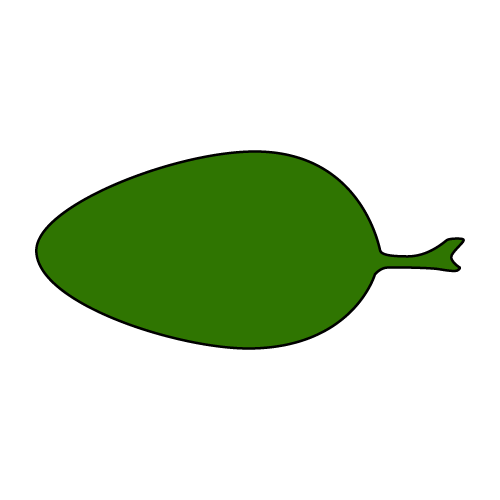 Ovate shape
Ovate shape
|
|
Arrangements : |
Simple |
|
Leaf Arrangement : |
 Alternate leaf arrangement
Alternate leaf arrangement
|
|
Leaves : |
Deciduous, 15–60 cm (6–24 in) long, and pinnate with three to eight pairs of leaflets, each leaflet 7–21 cm (3–8 in) long and 4–9 cm (1.6–3.5 in) broad. The flowers are produced in pendulous racemes 20–40 cm (8–16 in) long usually drop in April as a prelude to flowering |
Flowering |
|
|
Is Flowering : |
Yes |
|
Blossoms : |
Five-petaled, bright yellow flowers bloom in 8-18" pendulous terminal racemes which cover the tree with profuse bloom |
|
Blooming Season : |
May; June; July |
Fruiting |
|
|
Bears Fruits : |
Yes |
|
Fruit : |
Does not attract wildlife; fruit, twigs, or foliage cause significant litter; showy |
|
Fruiting Season : |
August |
Maintenance |
|
|
Level : |
Medium |
|
Soil Types : |
Sandy Soil; Clay Soil; Loam Soil; Acidic (pH 5.5>) to Alkaline (pH 8.5 <); Well Drained Soil |
|
Water : |
Medium/Moderate |
|
Sunlight : |
Full; Semi Shade |
|
Humidity : |
High |
Edibility |
|
Legal Status |
|
If you find any errors, please email us at info@biophilia.lk
.jpg)
